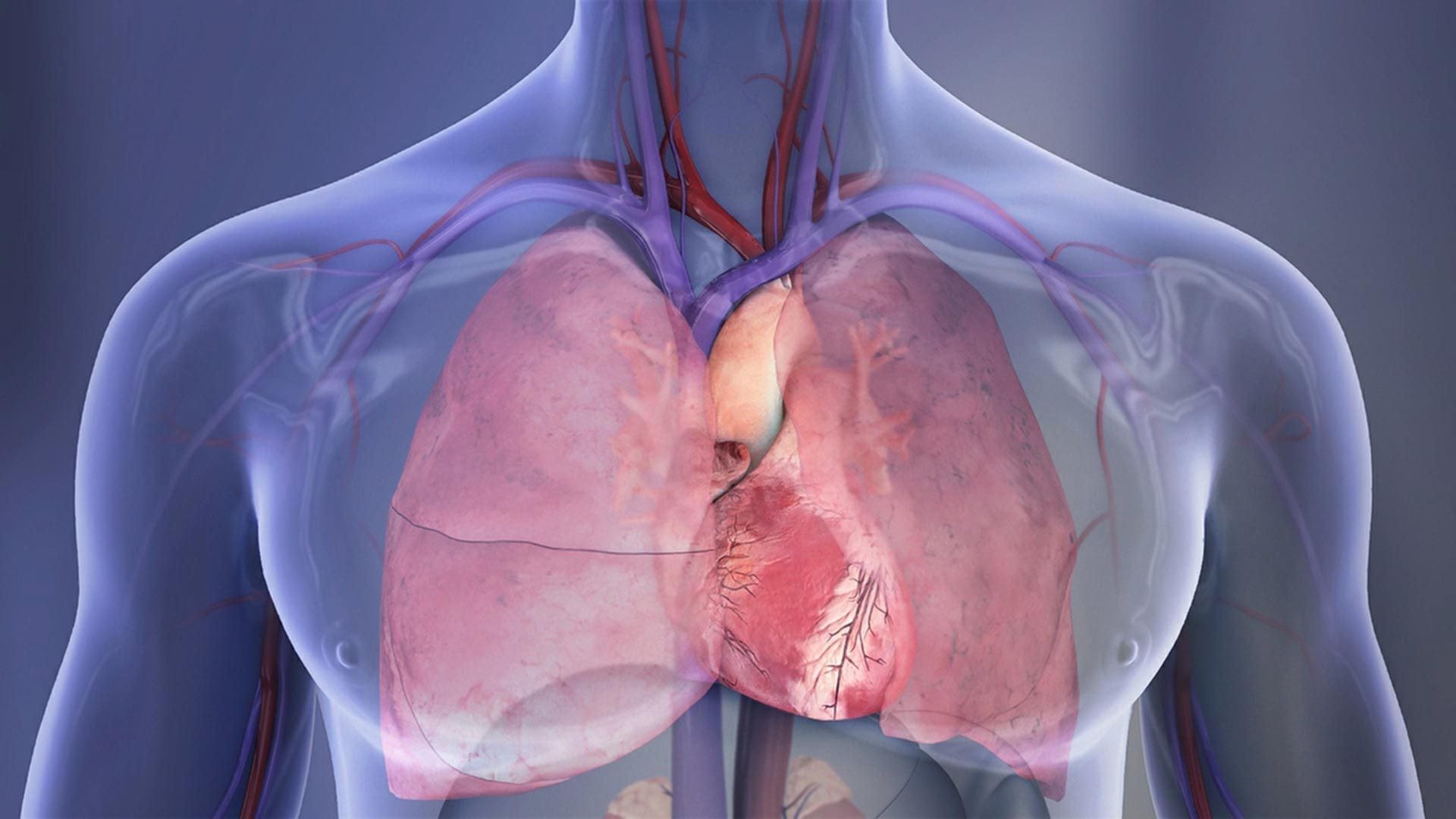
Cardiovascular disease is the leading cause of death globally. Every year, some 18 million people die worldwide as a result of this type of disease, according to figures from the World Health Organization (WHO).
Extensive Spanish research identified a process that may be key to the prevention of serious illness and death from heart and cerebrovascular conditions. Bone marrow activation could play a key role in the origin and development of atherosclerosis, the underlying process of many cardiovascular diseases such as infarction or stroke.
The study carried out by a team of researchers from the Spanish National Centre for Cardiovascular Research (CNIC) and led by cardiologists Valentín Fuster and Borja Ibáñez, concluded that bone marrow is activated in response to certain cardiovascular risk factors.
This activation causes an increase in inflammatory cells in the blood, which trigger a process that would lead to the onset and subsequent progression of atherosclerotic disease, reports a CNIC note released today, following the publication of the results in the journal European Heart Journal.
Atherosclerosis occurs when the blood vessels that carry nutrients and oxygen to the heart thicken and harden, thereby restricting blood flow to the tissues and organs of the body.

This progressive deposition of fat and inflammatory material on the walls of the arteries, the so-called “atheroma plaques”, after many years of silent advancement, can cause thrombosis, causing acute myocardial infarction, stroke or even sudden death. Atherosclerosis is considered the “silent killer” as it is the most common cause of the diseases responsible for most deaths worldwide.
Although atherosclerotic disease has been known for many decades, it is not yet fully understood how the mechanisms responsible for the onset of the disease act.
Dr. Valentín Fuster, director general of the CNIC and medical director of Mount Sinai Hospital in New York, said that atherosclerosis could be detected in people aged 40 or 45 thanks to plaques that accumulate in the arteries of the femur.
“Atherosclerosis begins in the femoral region, in the legs, where it does not manifest itself clinically because these arteries are large. The manifestation occurs in the coronary arteries, which are much smaller. At an early age, at 40 or 45 years old, it could already be detected with new technologies,” said Dr. Fuster at one of his last conferences.
For all this, identifying and detecting atherosclerosis in its initial phase, even before the onset of symptoms, was one of the main objectives of the research. “Early identification of atherosclerosis will allow us to advance our understanding of the mechanisms by which it occurs, which opens the door to finding new treatments that can prevent the progression of this deadly disease,” said Borja Ibáñez, director of the Clinical Research Department at CNIC and cardiologist at the Fundación Jiménez Díaz University Hospital in Madrid.

Although atherosclerosis is often considered exclusively a heart problem, it can affect any artery in the body. Atherosclerosis can be treated, and healthy lifestyle habits help prevent its onset.
Dr. Fuster stressed the importance of monitoring risk factors, such as cholesterol: “The more factors, the more undiagnosed disease exists. Atherosclerosis is a disease that appears early, it is silent, it begins a large percentage in the femur region and the real protagonists are the risk factors,” said the medical director of Mount Sinai Hospital in New York.
The risk factors that cause bone marrow activation are those that are related to metabolic syndrome, explained Ana Devesa, a cardiologist at CNIC and first signatory of the study. These risk factors are:

- Central obesity (increased waist circumference)
- High triglycerides
- El colesterol HDL bajo
- La elevada glucosa en sangre
- Insulin resistance
- High blood pressure
These factors cause an increase in metabolic activity in the bone marrow that can be observed using advanced imaging techniques, such as hybrid positron emission tomography (PET) and magnetic resonance imaging (MRI) technology, a technology available from the CNIC.
“The increased activity in the bone marrow triggers an inflammatory process that activates the process of atherosclerosis, from its earliest stages to the appearance of the established plaque,” Devesa said.
The work has been carried out within the PESA CNIC-Santander study (Progression of Early Subclinical Atherosclerosis), a project that began more than 10 years ago and involves 4,200 middle aged bank workers (40-55 years old when they were included in the study), who are apparently healthy, who are followed in a manner by means of cutting-edge imaging technology, as well as through blood samples.
The study has recently been expanded and will last until at least 2029, so that follow-up will be up to almost 20 years in all participants, something that its promoters say is “unique” in the world.
KEEP READING:
They detected an increase in heart attacks in children under 45 years of age
Últimas Noticias
Debanhi Escobar: they secured the motel where she was found lifeless in a cistern
Members of the Specialized Prosecutor's Office in Nuevo León secured the Nueva Castilla Motel as part of the investigations into the case

The oldest person in the world died at the age of 119
Kane Tanaka lived in Japan. She was born six months earlier than George Orwell, the same year that the Wright brothers first flew, and Marie Curie became the first woman to win a Nobel Prize

Macabre find in CDMX: they left a body bagged and tied in a taxi
The body was left in the back seats of the car. It was covered with black bags and tied with industrial tape
The eagles of America will face Manchester City in a duel of legends. Here are the details
The top Mexican football champion will play a match with Pep Guardiola's squad in the Lone Star Cup

Why is it good to bring dogs out to know the world when they are puppies
A so-called protection against the spread of diseases threatens the integral development of dogs




